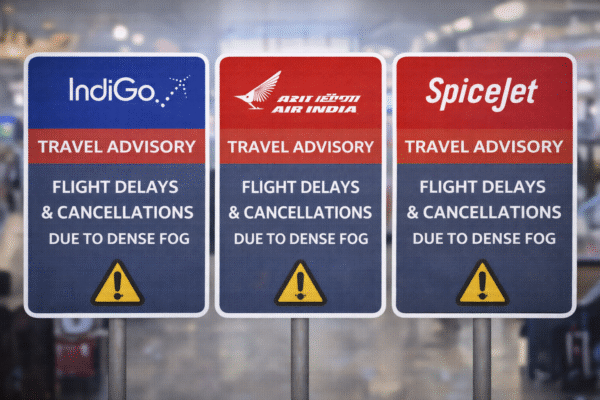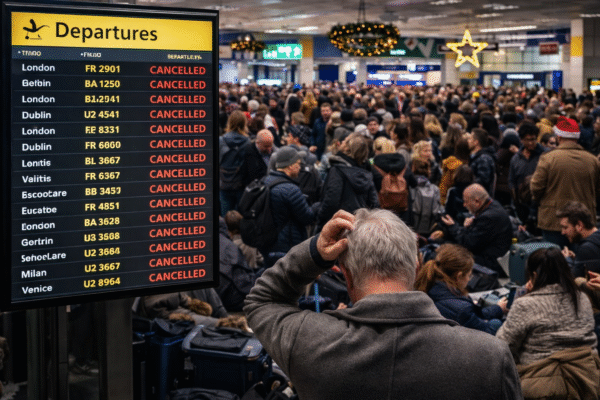In a momentous development poised to reshape air travel and tourism, Korean Air has unveiled its largest-ever aircraft acquisition deal: a $50 billion agreement centered on 103 Boeing jets, accompanying engine purchases, and a long-term maintenance pact. Formalized in Washington, D.C., this bold move marks a strategic milestone for the airline and carries ripple effects for tourism markets worldwide—from Seoul and beyond.
A Deal of Historic Scale
The centerpiece of the agreement is a $36.2–$36.5 billion commitment for 103 next-generation Boeing aircraft—including 20 Boeing 777‑9s, 25 Boeing 787‑10s, 50 Boeing 737 MAX 10s, and eight freighter-class Boeing 777‑8Fs—with phased deliveries through 2030. An additional $13–$13.7 billion is allocated for engines and a 20-year servicing contract, with 19 spare engines sourced from GE Aerospace and CFM International. The signing took place during a high-level Korea–U.S. Business Roundtable, coinciding with a diplomatic summit in Washington involving South Korea’s President Lee Jae Myung and U.S. leadership.
Tourism Gains From Enhanced Connectivity
For travelers, these fleet upgrades are promising on multiple fronts. Modern aircraft like the 787‑10 and 777‑9 deliver superior fuel efficiency and quieter, more comfortable cabin environments—making long‑haul routes, such as Seoul–Los Angeles or Seoul–New York, more appealing. The expanded fleet supports greater frequency and reliability on key tourism routes connecting South Korea to the Americas, Latin America, and beyond.
Increased capacity means Korea’s top tourist hubs—from Seoul’s palaces and cultural districts to Busan’s coastal charm—could see a surge in arrivals. And as Korean Air continues melding operations with Asiana Airlines post-merger, seamless connectivity and brand consistency will streamline the visitor experience.
Sustainability on the Skyline
The airline’s pivot to modern jets isn’t just about economics—it’s about sustainability. Newer models boast significantly lower emissions per passenger, aligning with global demands for greener air travel. This fits within broader governmental and industry efforts to reduce aviation’s environmental footprint. As Korea positions itself as a responsible tourism destination, this move strengthens its eco-conscious appeal.
Behind the Strategy: Integration and Growth
This purchase also cements Korean Air’s post-merger vision. Following the December 2024 completion of its integration with Asiana Airlines, Korean Air is building a unified fleet strategy. The Boeing focus—working alongside existing Airbus A350 and A321neo orders—aims to standardize operations, simplify maintenance, and enhance efficiency.
CEO Walter Cho emphasized that the acquisition is “a pivotal moment,” enabling fleet modernization and competitive positioning as a merged carrier.
U.S. Economic and Diplomatic Impacts
Beyond Korean tourism, the deal has broader geopolitical and economic significance. The transaction supports an estimated 135,000 U.S. aerospace jobs—underscoring a major win for American manufacturing and international trade relations. It also aligns with South Korea’s broader $150 billion investment pledge in the U.S., spanning industries like semiconductors, energy, and shipbuilding, announced in parallel at the summit.
What Travelers Should Expect
- Improved comfort: Quieter cabins, modern interiors, and better environmental controls make long flights more pleasant.
- Expanded routes: Growth in flights to the U.S., Latin America, and other regions opens new destination possibilities.
- Reliability: A newer fleet means fewer delays and disruptions—boosting the consistency of travel experiences.
- Greener travel: Fly with reduced environmental impact thanks to fuel-efficient jet technology.
A Tourism Ecosystem Uplift
The ripple effects extend well beyond aviation. Cities like Seoul, Jeju, Tokyo, and Los Angeles—already popular among Korean Air passengers—stand to benefit from increased tourism flows. Hotels, tour operators, dining, cultural venues, and transportation services will all see opportunities grow. The deal reinforces infrastructure growth and international connectivity, making Korea an even more accessible and attractive tourist hub.
Looking Ahead
By fully embracing next-generation aircraft, Korean Air propels itself into a new era of aviation—one defined by efficiency, sustainability, and strategic growth. As the fleet modernizes, expectations rise for elevated passenger experiences, greener air travel, and a tourism industry poised to expand on a global scale.
South Korea’s skies are about to look very different—and much brighter—for travelers and tourism alike.
For more travel news like this, keep reading Global Travel Wire



















